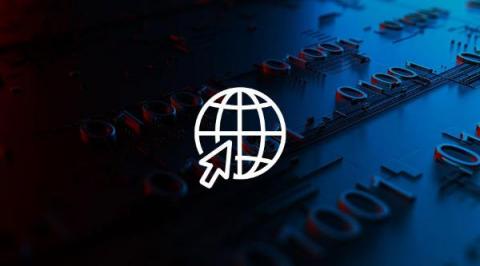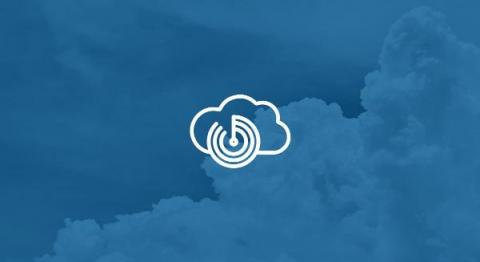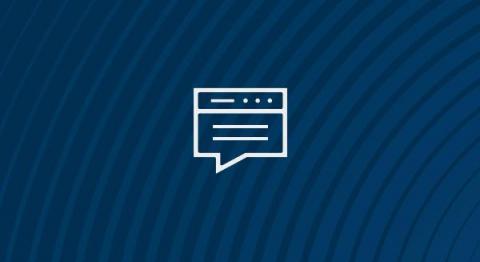Why Do Organizations Pay Ransom During a Ransomware Attack?
Once again, Arctic Wolf has taken the temperature of organizations across the globe to determine how the cybersecurity landscape of 2022 is shaping their 2023 concerns and actions. While the survey covered a number of topics, one stood out: ransomware. 48% of organizations ranked ransomware as their number one concern for the coming year. While that’s down from 70% in 2022, it doesn’t mean that ransomware is going away.



















